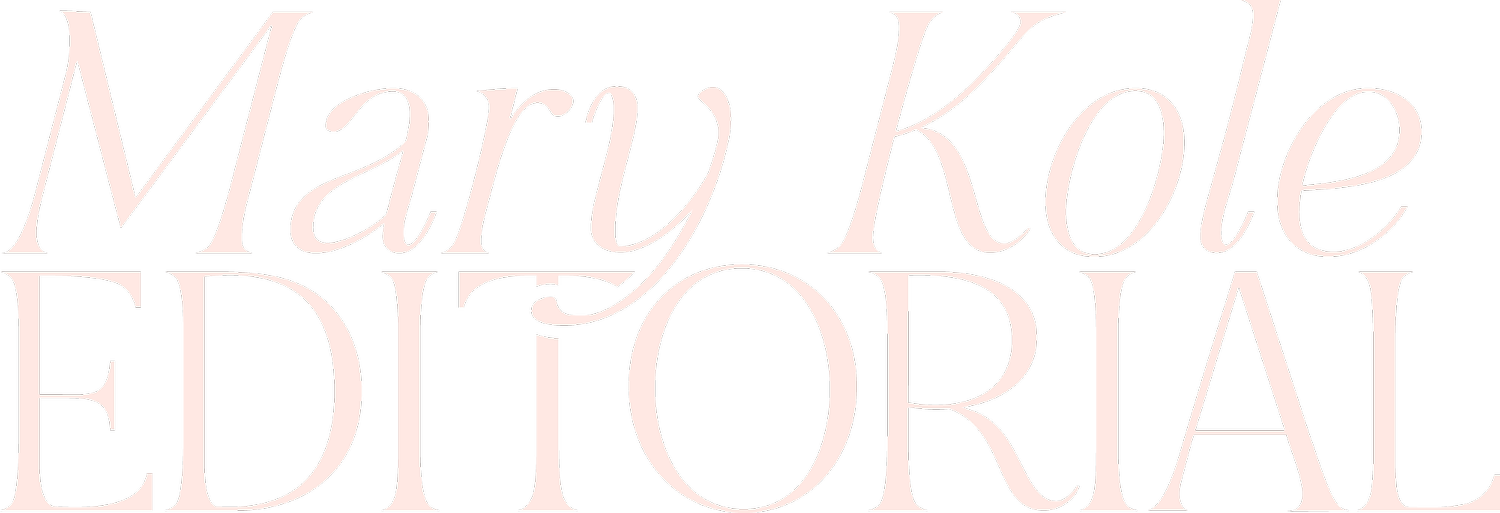Creative Writing
Narrative Techniques
By Mary Kole
Mary Kole is a former literary agent, freelance editor, writing teacher, author of Writing Irresistible Kidlit, and IP developer for major publishers, with over a decade in the publishing industry.
Whether you're a seasoned writer or just starting out, you know that understanding the fundamentals of narrative techniques is essential to creating a compelling and engaging story idea. In this article, I’ll discuss the most popular contemporary narrative techniques and how to properly implement them in your creative writing. I’ll also touch on common mistakes writers make and provide tips on how to vary narrative techniques to fit your project's tone, genre, and target audience.
What Are Narrative Techniques?
A narrative technique is a literary device used by writers to create engaging storytelling from a book idea. One of the most popular narrative techniques is narrating a story in a chronological order, whether in first person or close third point of view. This technique is useful when introducing new characters or events to the reader, and weaving together a main plot arc with various subplots. But there are many narrative techniques available for crafting stories that are less straightforward. Another popular technique, for example, is flashback, which is when the narrative goes back in time to a previous event in order to establish backstory and provide context for character development. This technique is a great way to provide background information, fill in gaps in the story, and also generate some suspense and tension, if you plan on withholding the reveal of information for your story climax.
Foreshadowing is also one of the more advanced narrative techniques that writers can use to create anticipation in the story. It's a subtle hint or clue about what's to come, which keeps readers engaged and interested, especially if you are also developing your story theme using techniques like writing imagery. Foreshadowing can be very subtle, like an objective correlative in a scene, or it can be more overt. A common example of the latter is when a character has a premonition about a future event that will occur, no matter how unlikely it seems. Writers can also choose to include a flashforward or foreshadowing event in a novel or memoir prologue. This builds anticipation and creates high stakes, as readers will be curious to see whether the foreshadowed event will come true.
Other Narrative Techniques Considerations
Point of view, also called POV, is another important narrative technique. This is the perspective from which the story is told, or the unique character lens through which the events are rendered. First person point of view is when the story is narrated by a character within the story and uses the “I,” rendering the character from the inside out. Meanwhile, third person point of view is when the story is narrated from the outside in on either one character (close third) or a number of them (omniscient third). Interiority is a narrative technique that can help deepen reader access to POV. Each point of view creates a different tone and atmosphere, so it's important to choose the right one for your story. Sometimes a writer will use authorial voice to comment on the action as it’s happening, which can add another unique storytelling layer.
When it comes to choosing the right narrative techniques for your personal writing style, it's important to consider your story's tone, genre, and target audience. Humorous stories may benefit from more lighthearted and playful techniques, while suspenseful stories may benefit from darker and more dramatic techniques. It's also important to think about your target audience and what type of narrative techniques may appeal to them. Reading like a writer will help you get takeaways from what published authors on shelves are doing, especially if you read within your own target genre and work to learn its storytelling tropes and genre expectations.
Common mistakes writers make when it comes to narrative techniques include overusing a single technique, not varying your writing tools and techniques enough, and using techniques that don't fit the tone or genre of the story. It's important to find a balance between using different narrative techniques and making sure they fit seamlessly into the story. You may also want to pare back on your choices and focus on nurturing a clear and compelling writing style before you go overboard on literary devices. You can always add in various narrative techniques during revision, rather than being forced to kill your darlings down the line.
Understanding and implementing narrative techniques is key to creating a compelling and engaging story idea. By using techniques such as storytelling, flashback, foreshadowing, and various available points of view, you can create a unique and captivating narrative hook the reader until the very last page. Remember to keep your story's tone, genre, and target audience in mind when choosing and varying techniques and avoid common mistakes such as overusing a single technique. The more you write, the more you’ll develop your own narrative choices, and the more you’ll define who you are as a creative writer.

Click here to purchase Writing Interiority: Crafting Irresistible Characters, my book on interiority and character creation. Explore your protagonist’s thoughts, feelings, reactions and interpretations, expectations, and inner struggles to create a rich, immersive experience. This guide will empower you to create characters who live and breathe on the page, fostering an unbreakable bond with your audience.



